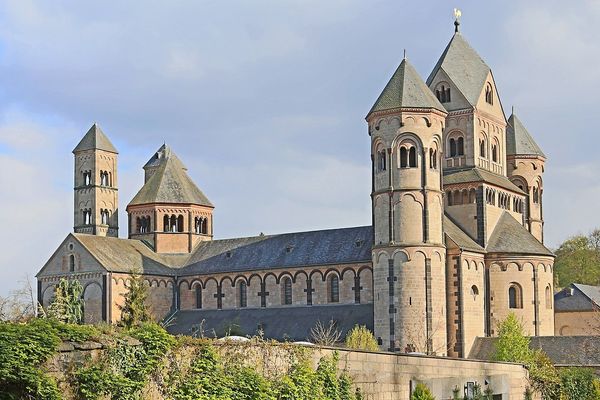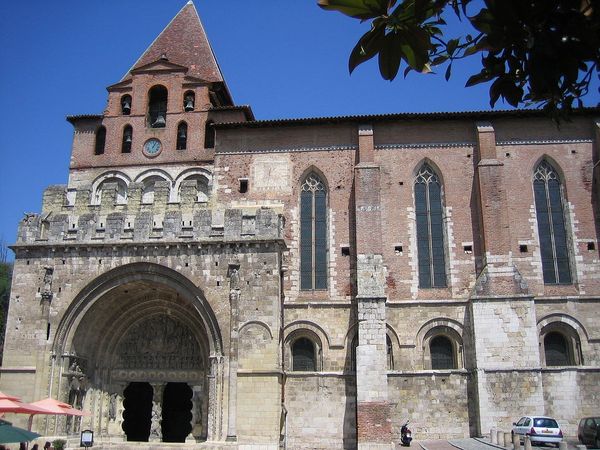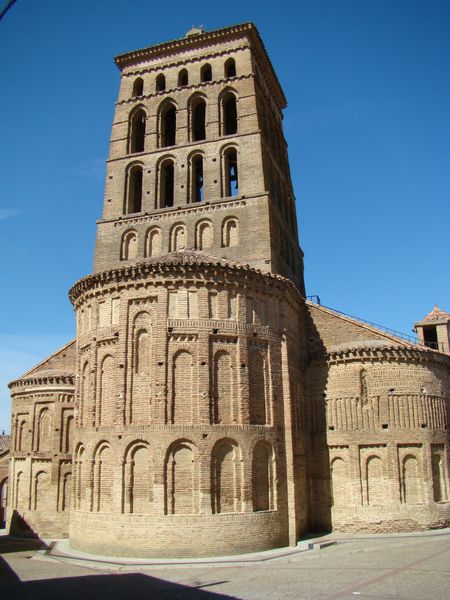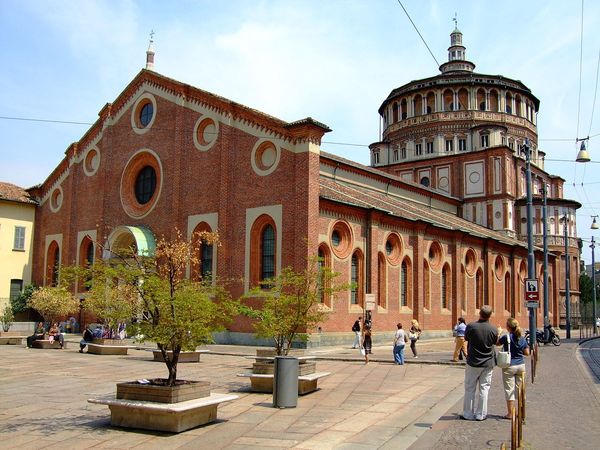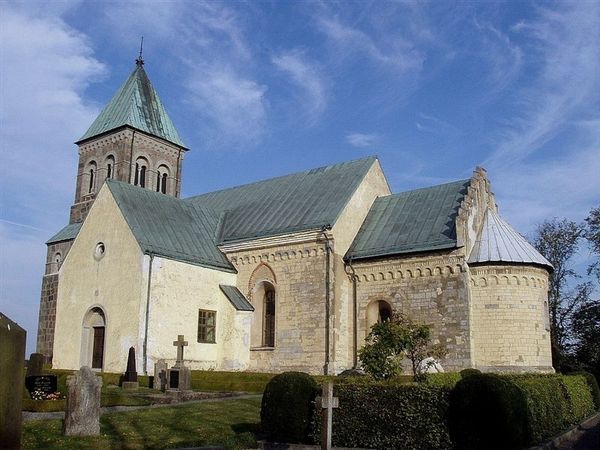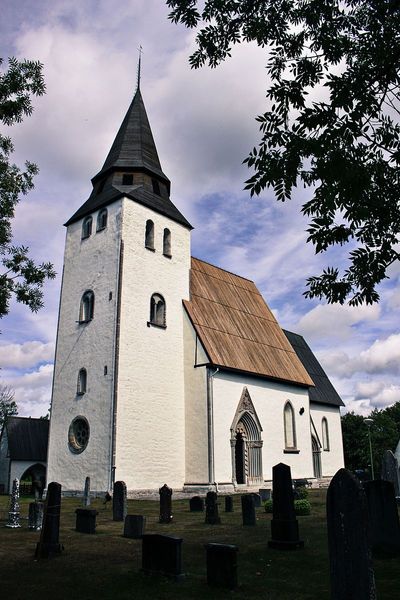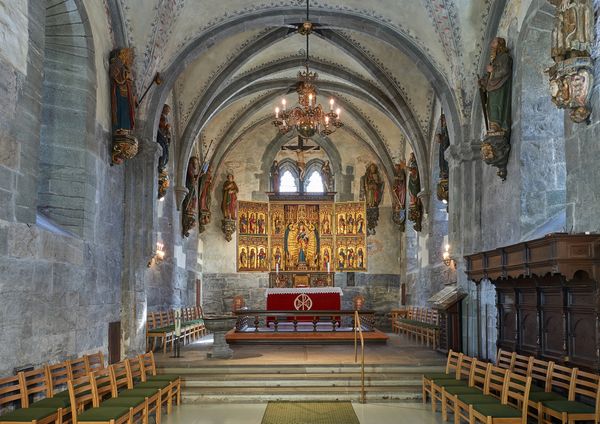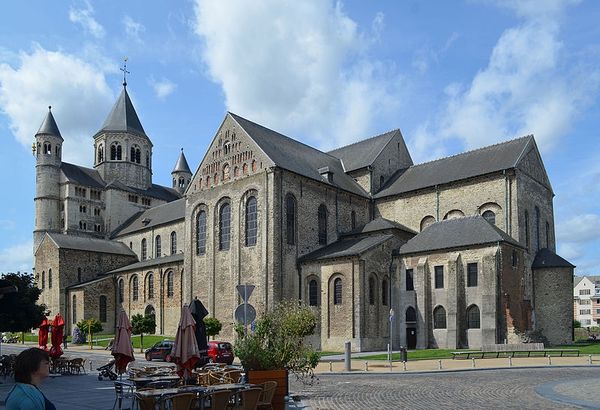
carving, architecture
#
medieval
#
carving
#
historic architecture
#
romanesque
#
architecture
Copyright: Public domain
The Romanesque Speyer Cathedral in Germany, built between roughly 1030 and 1106, is a potent symbol of imperial power and religious authority. As a critical example of Romanesque architecture, its massive scale and use of rounded arches and thick walls reflect the hierarchical society of the Holy Roman Empire. The Cathedral served as a dynastic monument, a statement of imperial ambition during the Investiture Controversy, the conflict between the Pope and the Holy Roman Emperor over who had the authority to appoint church officials. Its construction not only shaped the urban landscape of Speyer but also reinforced the Emperor's claim to divine right. Understanding the Cathedral requires us to examine historical texts, architectural plans, and chronicles of the period, viewing the Cathedral as a product of both artistic vision and the complex social and political forces that shaped its creation.
Comments
No comments
Be the first to comment and join the conversation on the ultimate creative platform.
